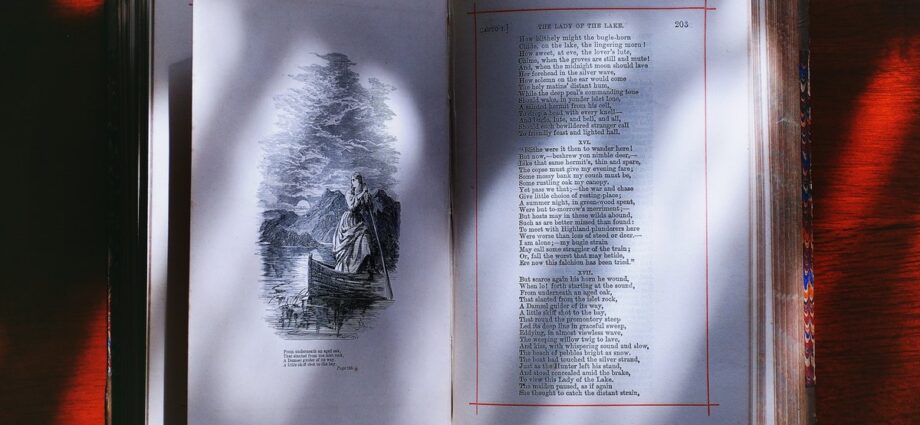Philosophers emphasize that art is most fully realized “precisely in its cultural function.” The cultural function of the art history course as a subject of syncretic influence has its own specificity: leaving the area of plastic arts dominating, it can present the artistic and cultural process comprehensively and holistically – as “artistic picture of the world”.
In recreating the “artistic picture of the world” should reveal the essence of the relationship between different types of arts. “Interrelation of arts” defines the connections (cultural, spatial, plastic, coloristic, semiotic, etc.) of the types of arts. In the context of this work “interrelation” is understood as a process of convergence and connection of “related” types of arts – painting and literature based on the commonality and specificity of their image and semantic structures, which can have in their totality a complex aesthetic impact and generate emotional and artistic factors of human perception, to communicate perception of sensual integrity and emotional richness.
Literature is one of the types of art, the most universal, “the first among equals,” which stands out in the overall structure of artistic culture. Even Hegel noted this unique feature of literature. Literature aesthetically develops the world in the artistic word, through the expressive means of language. Moreover, if the word “language” to all other art forms is applied in the figurative sense, in literature, the means of expression is language in the literal sense. Literary and artistic language is distinguished by a variety of forms of allegory, various kinds of tropes that enhance the verbal imagery. In addition, language, covering the fullness of human life in all its diversity, gives literature almost unlimited opportunities for the artistic reproduction of human life, makes literature – the art of words – the most inclusive kind of art, makes it possible to bring literature closer to other arts.
